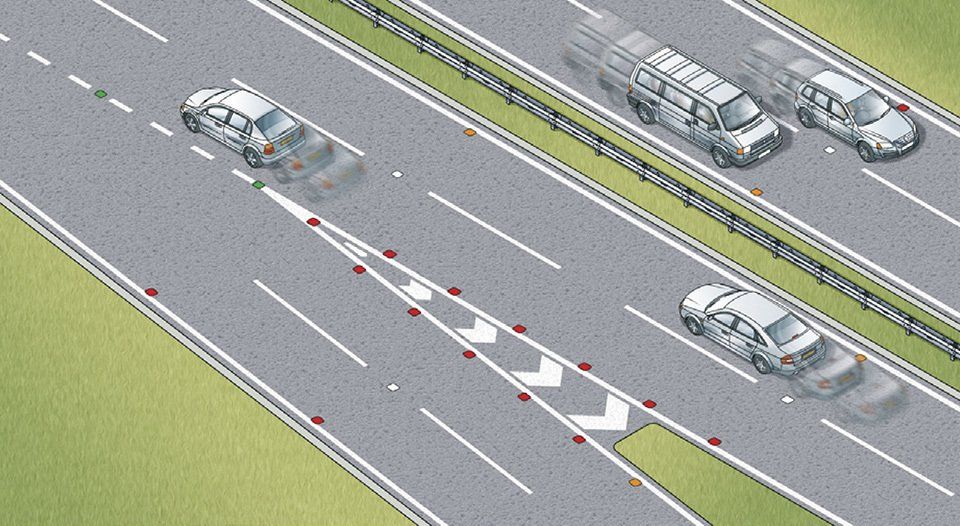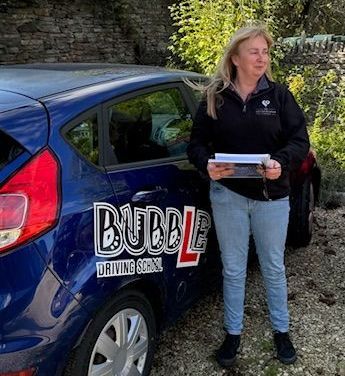Limited lessons available
Rules 133-143
Part 4
Signals, stopping procedures, lighting, control of the vehicle, speed limits, stopping distances, lines and lane markings and multi-lane carriageways, smoking, mobile phones and sat nav.
The rules in The Highway Code do not give you the right of way in any circumstance, but they advise you when you should give way to others. Always give way if it can help to avoid an incident.
The highway code can be bought in shops and online, as well as a free version on the UK goverments website, click here to access the free to use highway code.
And for people wanting a more visual highway code or those who struggle with the technical talk, the Colour Book Academy offer a great new highway code, that allows you to colour in but every rule of the highway code is explained with diagrams and scenario's for each and every rule, this is a great resource for those wanting something abit more fun with learning. Click here to order yours today.
Check out our other blog for road markings and lines.
Rule 127
A broken white line. This marks the centre of the road. When this line lengthens and the gaps shorten, it means that there is a hazard ahead. Do not cross it unless you can see the road is clear and wish to overtake or turn off.
Rule 128
Double white lines where the line nearest to you is broken. This means you may cross the lines to overtake if it is safe, provided you can complete the manoeuvre before reaching a solid white line on your side. White direction arrows on the road indicate that you need to get back onto your side of the road.
Rule 129
Double white lines where the line nearest you is solid. This means you MUST NOT cross or straddle it unless it is safe and you need to enter adjoining premises or a side road. You may cross the line if necessary, provided the road is clear, to pass a stationary vehicle, or overtake a pedal cycle, horse or road maintenance vehicle, if they are travelling at 10 mph (16 km/h) or less.
Laws RTA 1988 sect 36 & TSRGD regs 10 & 26
Rule 130
Areas of white diagonal stripes or chevrons painted on the road. These are to separate traffic lanes or to protect traffic turning right.
- If the area is bordered by a broken white line, you should not enter the area unless it is necessary and you can see that it is safe to do so.
- If the area is marked with chevrons and bordered by solid white lines you MUST NOT enter it except in an emergency.
Laws MT(E&W)R regs 5, 9, 10 & 16, MT(S)R regs 4, 8, 9 & 14, RTA 1988 sect 36 & TSRGD reg 10(1)
Rule 131
Lane dividers. These are short, broken white lines which are used on wide carriageways to divide them into lanes. You should keep between them.
Rule 132
Reflective road studs may be used with white lines.
- White studs mark the lanes or the middle of the road.
- Red studs mark the left edge of the road.
- Amber studs mark the central reservation of a dual carriageway or motorway.
- Green studs mark the edge of the main carriageway at lay-bys and slip roads.
- Green/yellow studs indicate temporary adjustments to lane layouts, e.g. where road works are taking place.
Check back Friday for our next part in our series, With part 2 of our five part mini series that's covering General rules, techniques and advice for all drivers and riders
The highway code printed is from the uk goverment website and under its open goverment licence, allows anyone to copy and share the code.






